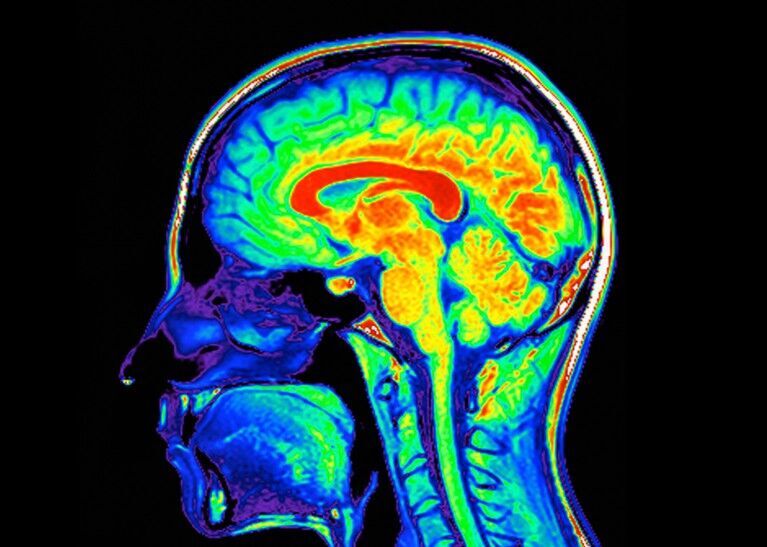From CFACT
The Biden Administration has recently produced a wave of plans and regulatory actions aimed at building a monstrous amount of destructive offshore wind. No environmental impact assessment is included.
Time scales range from tomorrow to 2050. Here is a quick look at some of it, starting with the Grand Plan.
"Pathways to Commercial Liftoff: Offshore Wind" is the
grandiose title of the Energy Department's version of Biden's vision. Their basic idea is that having successfully traversed the unexpected cost crisis, offshore wind is ready to take off.
They point out that even though costs quickly jumped
an average of 65%, the boom market is unchanged. The coastal States are
raring to go with huge offshore wind targets and laws. In short, it is a seller's market.
Cost is no object.
They note that State mandates and targets already exceed the Biden goal of 100,000 MW by 2050. But why stop there? They say that Net Zero requires an incredible 250,000 MW of offshore wind. At 15 MW a turbine, this is just under 17,000 monster towers.
The word "environmental" occurs frequently in this 62-page grand vision
but it is always about environmental justice. The
cumulatively destructive environmental impacts of lining our coast with towers and cables are ignored apparently not worth mentioning. Neither is cost.Next comes transmission, where we have "AN ACTION PLAN FOR OFFSHORE WIND TRANSMISSION DEVELOPMENT IN THE U.S. ATLANTIC REGION". While the Pathways plan covers the US, this one is just about the Atlantic because that is where the big action is now.
This 110-pager is from the Energy Department and the Bureau of Ocean Energy Management, which is actually building the offshore wind monster.






Comment: See also: